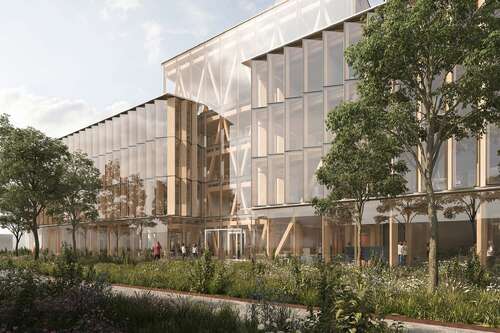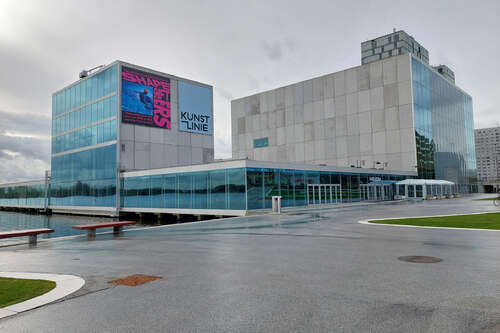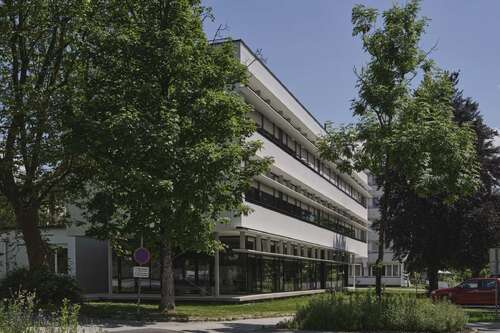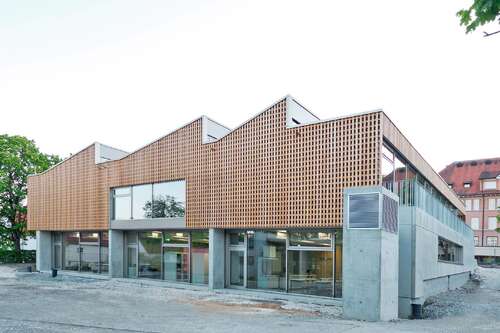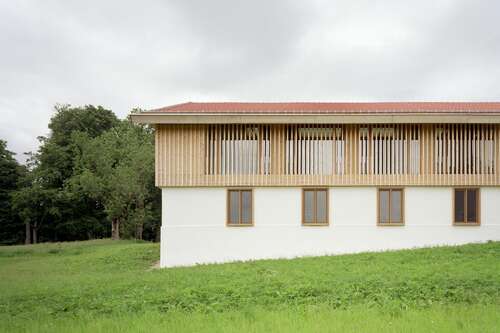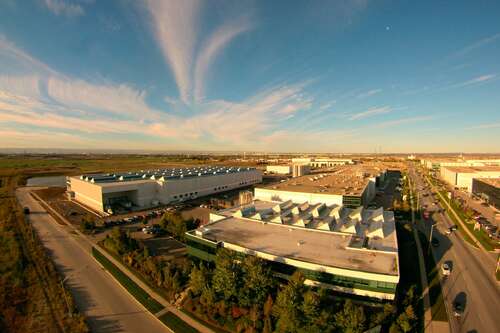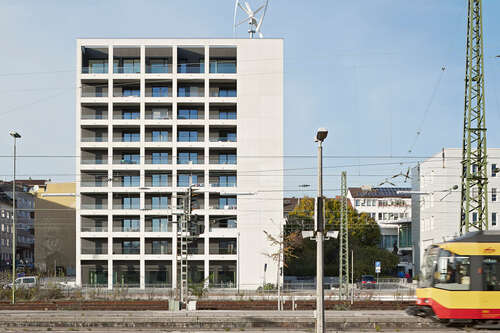The more complex a project is, the greater the probability of equipment malfunctions, control issues and regulation errors
Monitoring
Performance Optimization Ensures Design Success
While energy efficiency and sustainability are the cornerstones of contemporary building, addressing these concepts can render buildings projects quite complex. Climate engineers must engage more deeply with each project site and energy requirements in order to design and implement climate concepts that are both energy efficient and meet users’ comfort expectations. The more complex a project is, the greater the probability of equipment malfunctions, control issues and regulation errors between individual system components.
Monitoring data from operational building systems can confirm proper building function and the achievement of design goals by identifying flaws such as faulty construction or improper system setup.
An integrated design approach requires the ambitious goal of close cooperation between the various disciplines involved
An integrated design approach, necessary to create highly efficient and functional buildings, requires the ambitious goal of close cooperation between the various disciplines involved (e.g. architects, engineers, consultants and contractors). In practice, however, their interaction is often marked by a dearth of information due to communication and timing issues. In-operation monitoring addresses other relevant issues for climate engineering, such as the influence of the thermal mass on the system, going beyond commissioning and the approximation of proper system functioning. Also, when considering the goals of achieving energy efficiency and user comfort, where users have different comfort levels, only in-operation monitoring over a sufficient period of time can allow for the fine-tuning of control variables.
The potential for optimization through monitoring is aptly demonstrated in the 64,800m² Manitoba Hydro Place building project. The Stuttgart-based engineering consultancy Transsolar achieved an annual energy savings of around 5,000 megawatt hours using monitoring data, analysis, and cooperation from the building operator, a performance just slightly under the designed level of efficiency. Transsolar also performed monitoring analysis to optimize the energy use of the Shure Distribution GmbH headquarters in Eppingen. The data collected helped identify an incorrectly built mixing valve and a misplaced outside air temperature sensor, the latter of which had hindered the control of the entire system.


Monitoring and subsequent investigations into the measuring, control and regulation technology of building systems open up communication between building operators and designers to address energy underperformance of buildings and user comfort. The Transsolar-led examples illustrate how vital monitoring and subsequent analysis are for architects and engineers as tools to verify the achievement of collective design goals and substantiate the value of additional investment costs for the client.
